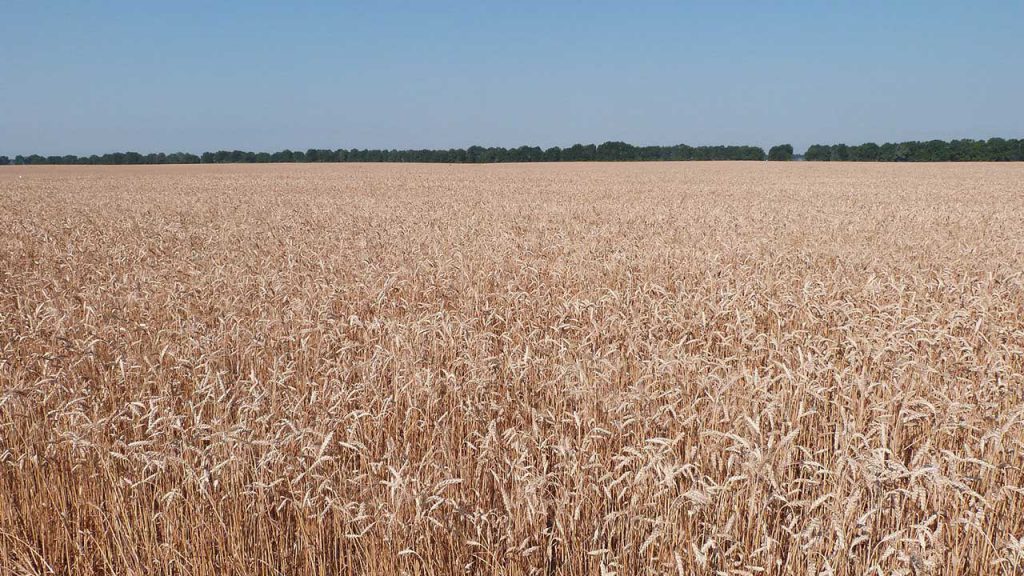
Introduction After maize, wheat is the second most produced food worldwide (rice is third). Wheat is mainly used for human consumption. It can also be used as seed and as animal feed. The grain is a staple food from which bread, biscuits, cake, cereal, pasta, noodles and couscous can be made. It is used for […]
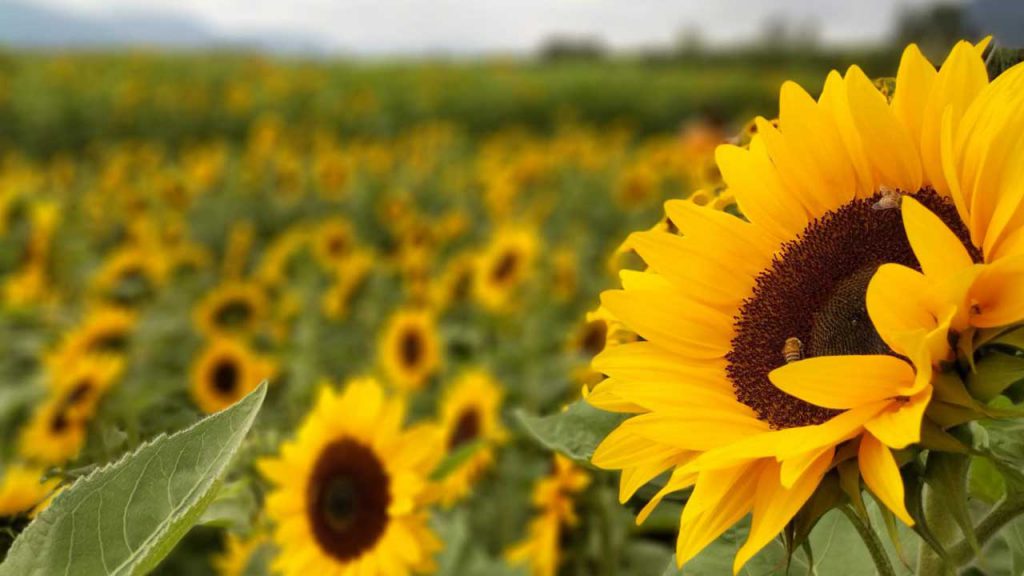
Introduction Sunflower seed is primarily used for manufacturing sunflower oil and oilcake (what is left after the oil has been extracted). After the hull is removed the seed can be consumed or used for different oil production. Most of the seed produced is marketed locally to expressers, animal feed and for seed. The greatest importance […]
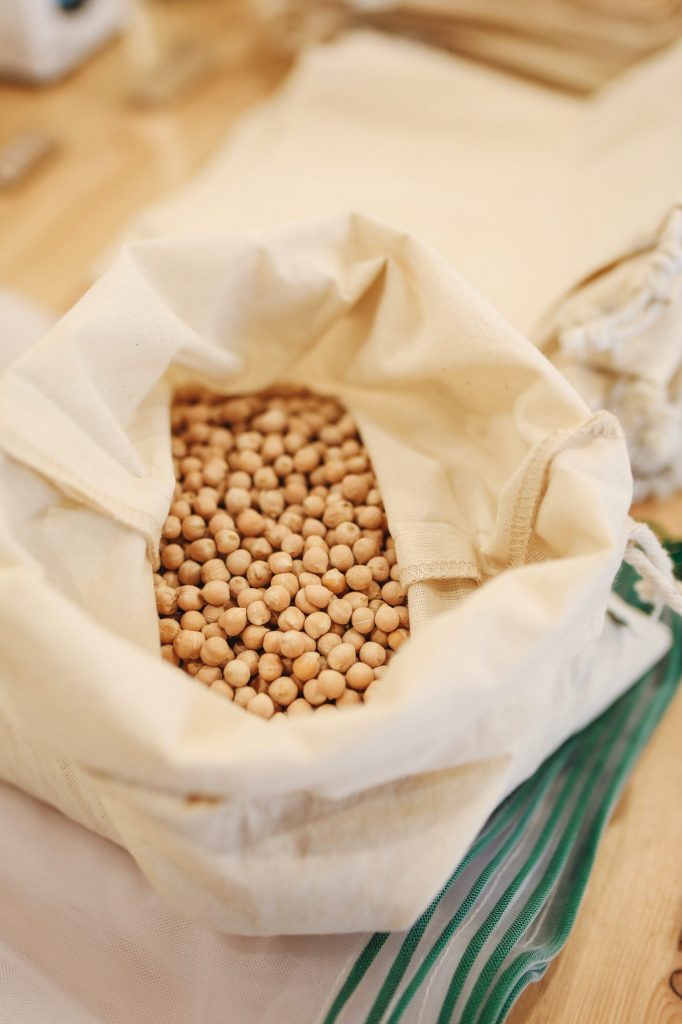
Introduction This is the fourth largest crop in the world after maize, wheat and rice. Soybeans are an important source of vegetable oil and protein worldwide and there is growing interest in soy products amongst people who want to be healthy. Soy contains significant amounts of all the essential amino acids for humans. Soybean seeds […]
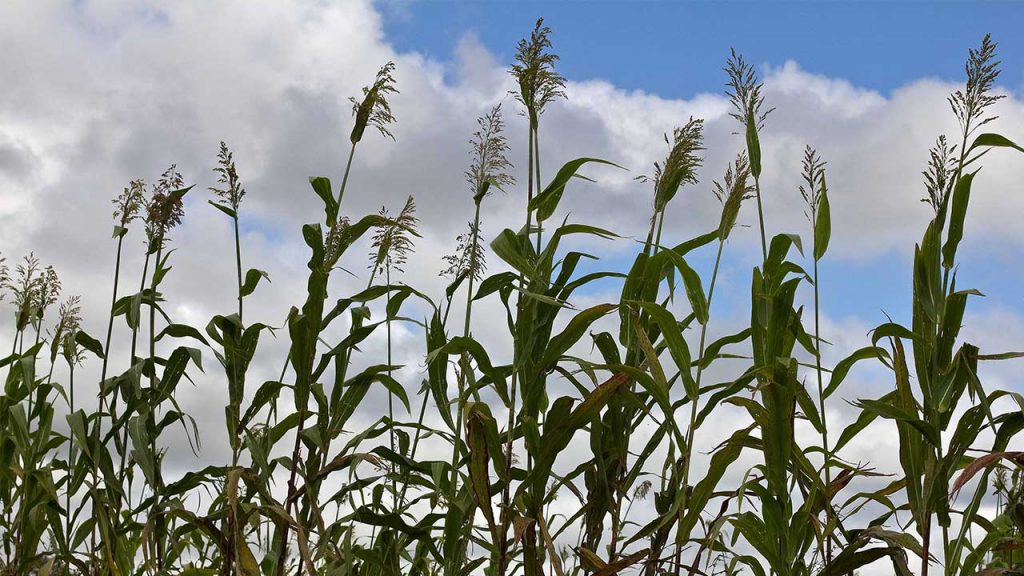
Introduction Sorghum is mainly cultivated on low potential, shallow soils with a high percentage clay content, not suitable for maize cultivation. Sorghum, like other grains, has two basic markets that it serves, namely the human component and the animal feed component. It is used to make such foods as couscous, sorghum flour, soups and molasses. […]
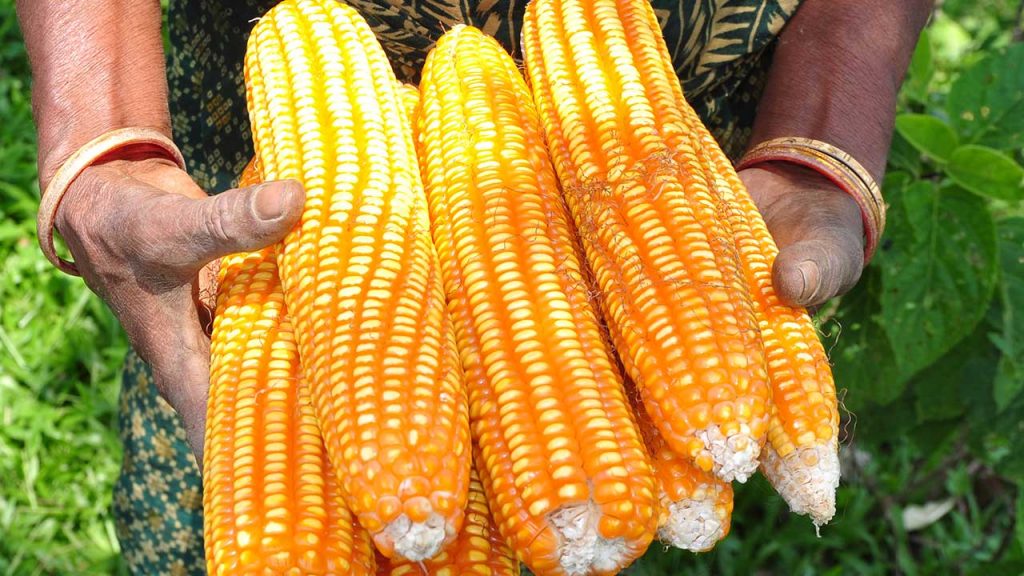
Introduction Maize (Zea mays L.) is the most important grain crop in South Africa and is produced throughout the country under diverse environments. See fuller discussion under “Local business environment” heading. Successful maize production depends on the correct application of production inputs that will sustain the environment as well as agricultural production. These inputs are, inter alia, […]
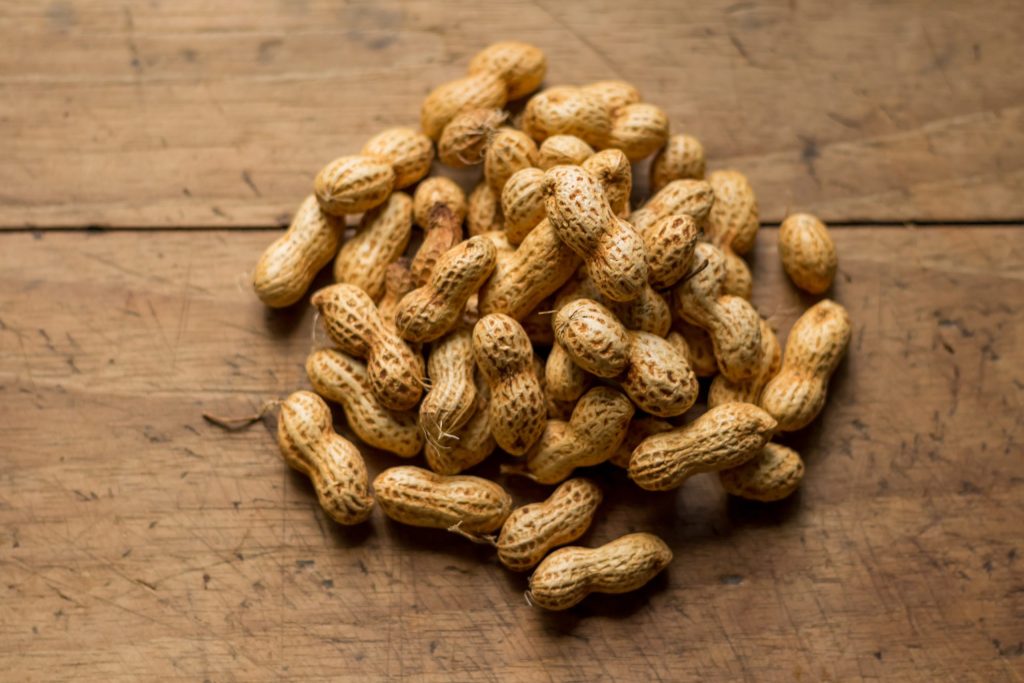
Introduction Groundnuts (peanuts) are a high value crop that can be marketed with little processing but are extremely versatile and can be used in a wide range of products. The oil made from them can be used for cooking and they can be used to make peanut butter. Oil extracted from the groundnut can also […]
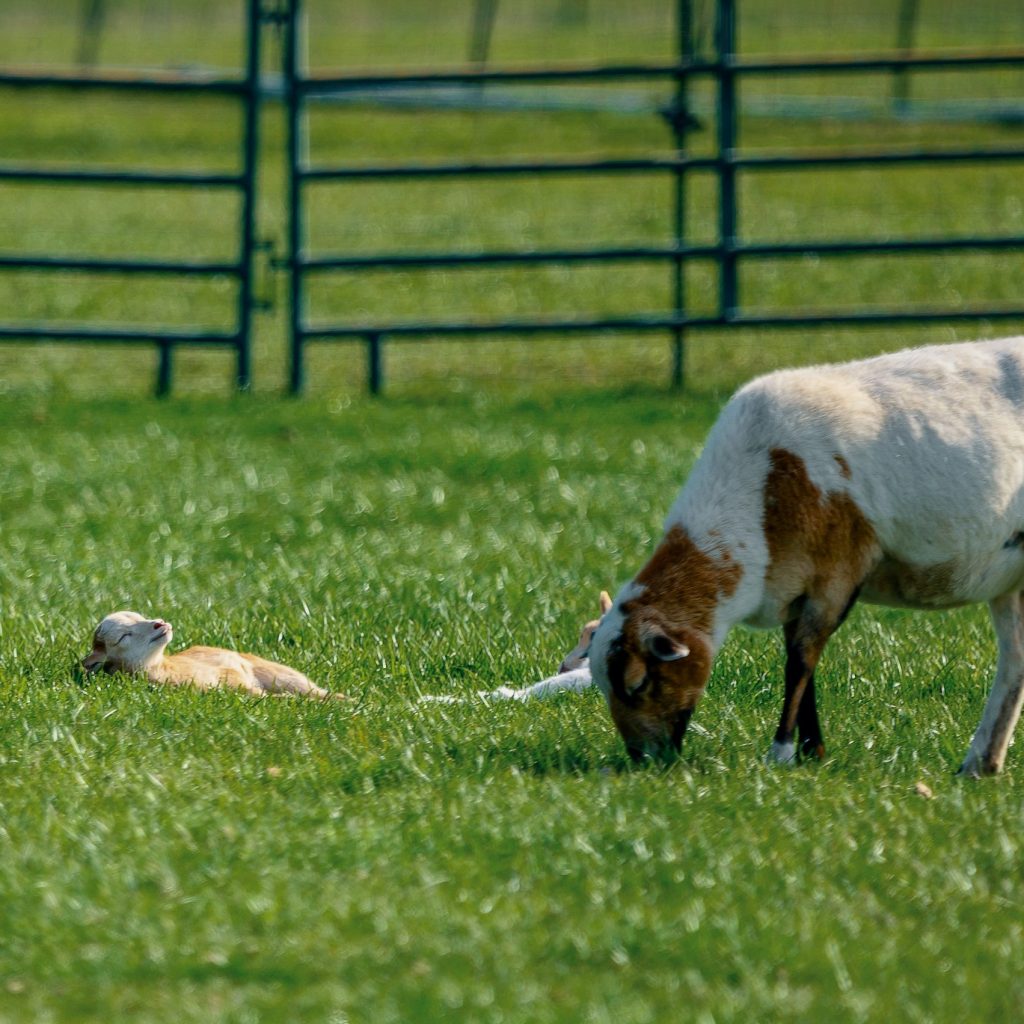
Introduction “Fodder” refers to food given to animals rather than that which they forage for themselves. This includes hay, straw, silage, compressed and pelleted feeds, oils and mixed rations, grains and legumes. “Forage” traditionally meant plant material eaten by grazing livestock – pasture, crop residue, immature cereal crops – but is used more loosely these […]
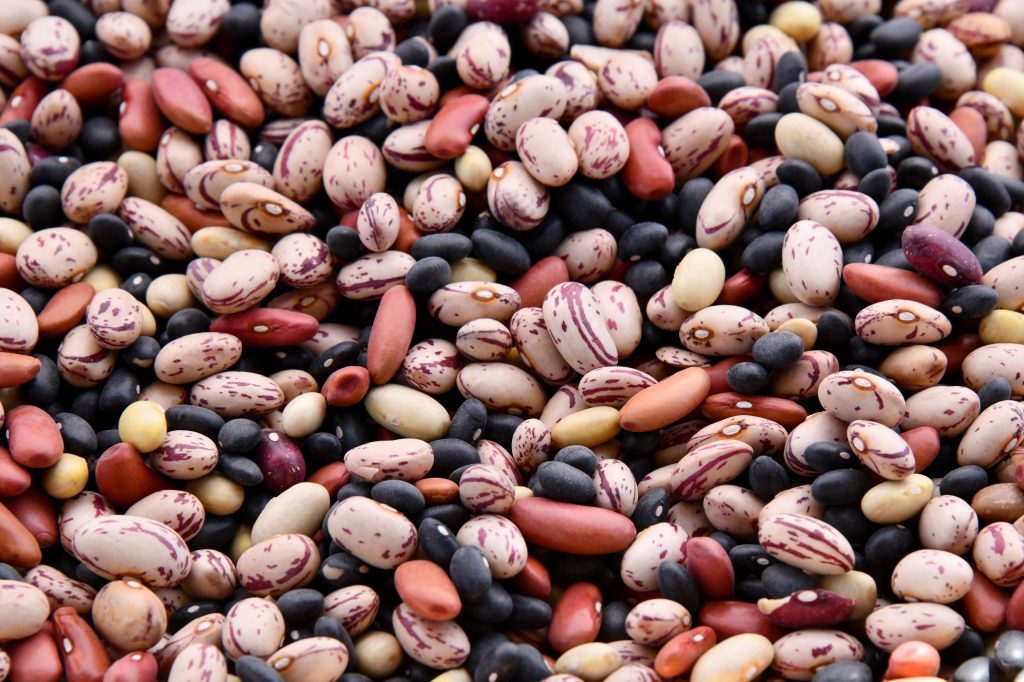
Photo by Shelley Pauls on Unsplash Introduction Dry beans are a pulse crop. Pulse crops are legumes that grow for one year and are harvested for the dry grain or seed inside the pod. Other major pulse crops include millet, dry peas, lentils, Chickpeas, Pigeon peas, and Bambara groundnut. Pulses are popular crops in the developing world. Dry […]
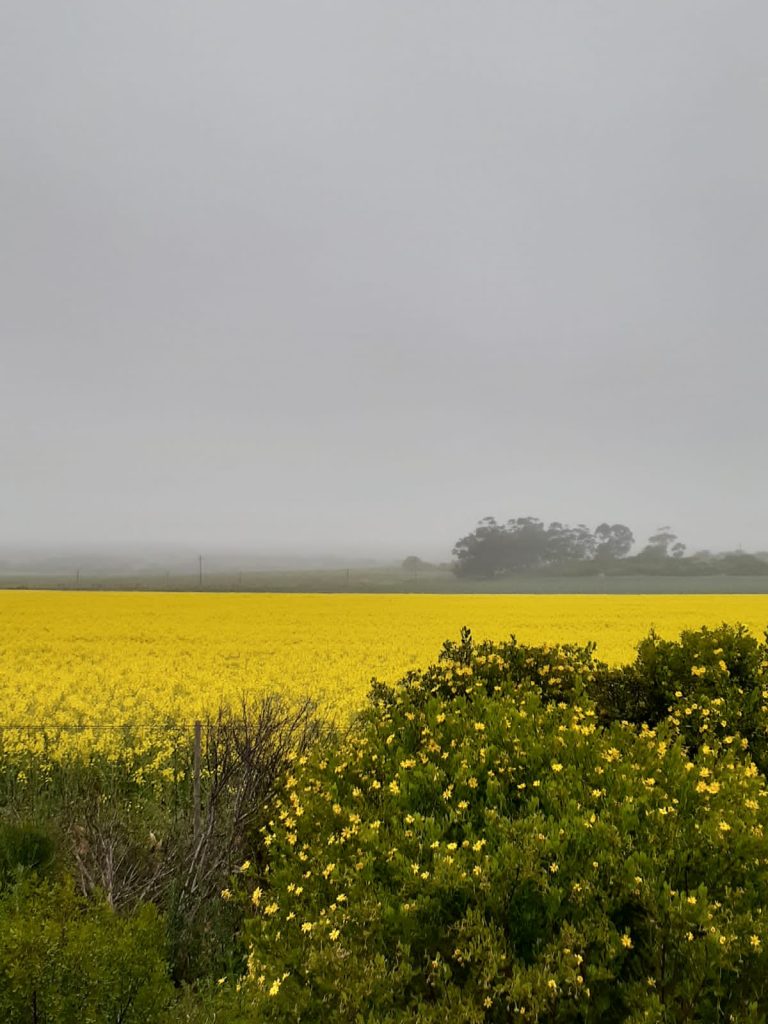
Introduction Canola, Brassica Napus, (also known as rapeseed) is an oilseed crop. It is an excellent rotation crop, and should be used to increase profits of crops such as maize and wheat. Advantages include the lowering of root knot nematodes and Phytophtera. The growing of canola needs good management. Special care should be taken with harvesting of […]
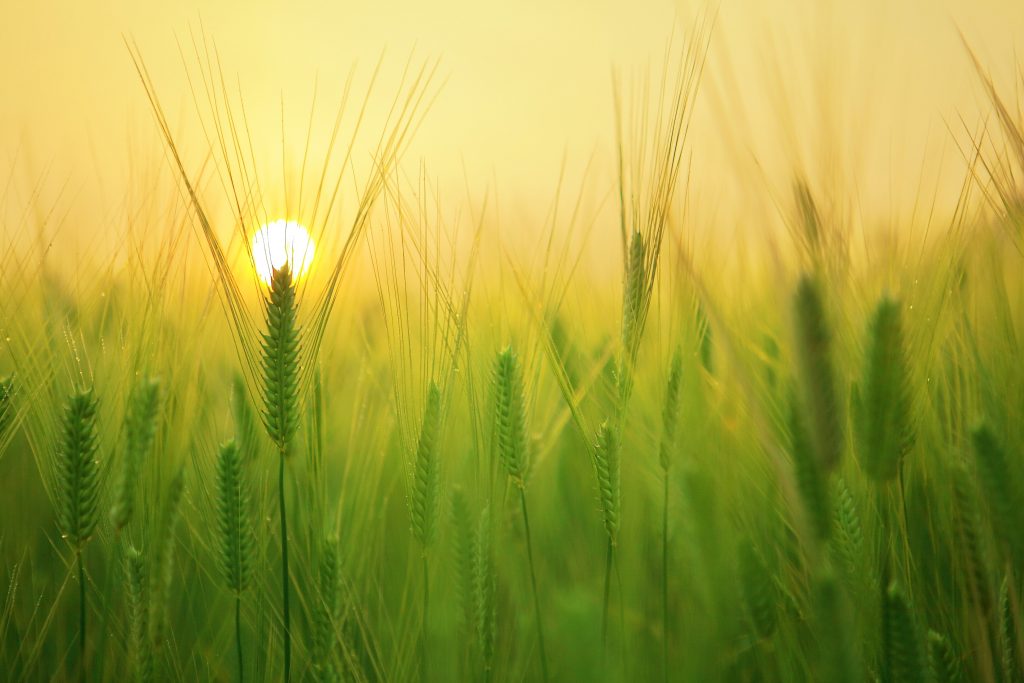
Introduction Malting barley is a particular type of barley used in making beer, flavourings, and extracts. Only a portion of the malting barley planted each year has the specific qualities needed to be selected for malt. To produce malt, barley kernels are soaked, germinated, and dried. Although the kernels look the same on the outside, this […]










